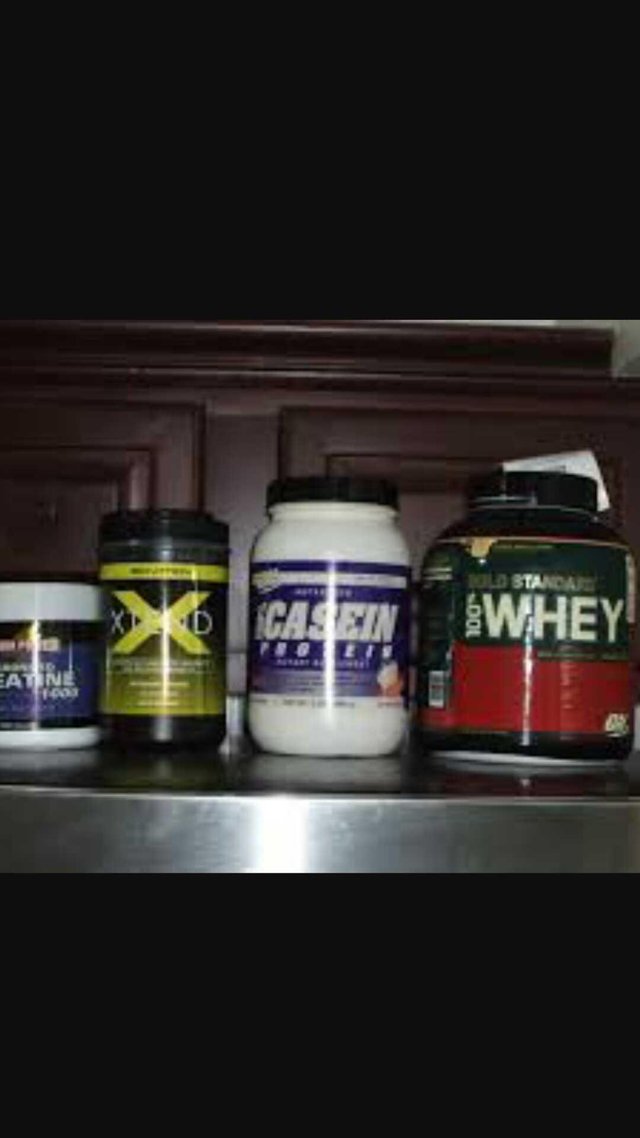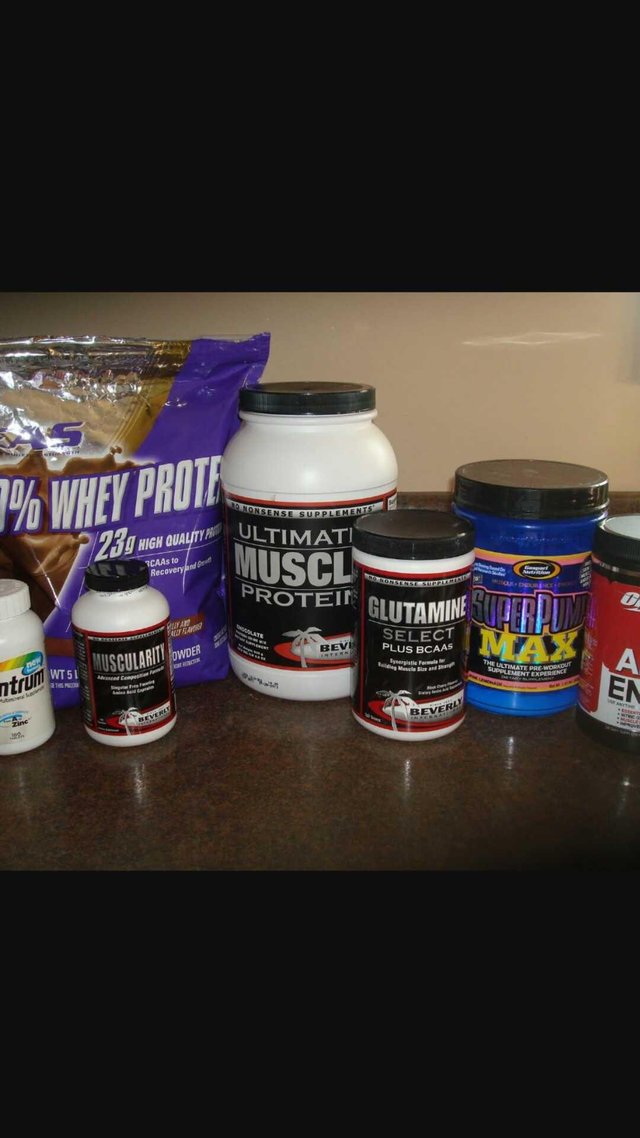Why is protein important for athleets?
Endurance athletes tend to focus on carbohydrate intake and pay little, if any, attention to protein. As a result, protein deficiency appears often among endurance athletes with its inevitable negative effects on performance and health. Serious endurance athletes do need considerable amounts of protein, far above the normal recommended daily allotment because maintenance, repair, and growth of lean muscle mass all depend on protein. So does one's optimum immune system function. Low dietary protein lengthens recovery time, causes muscle weakness, and suppresses the immune system. Chronic protein deficiency will cancel the beneficial effects of your workouts. Instead, you will become susceptible to fatigue, lethargy, anemia, and possibly even more severe disorders. Athletes with over-training syndrome usually have protein deficiency.
PROTEIN
QUESTIONS, CONCERNS, & ANSWERS
In addition to the usual information we offer concerning all of our fuels and supplements, the issue of protein intake also requires dealing with some misperceptions. Endurance athletes have certain oft–spoken beliefs about protein intake and in this section we'll look at the three most commonly voiced.
The demand for high-protein supplements and prepared foods has grown in recent years as high-protein diets have become the rage in the weight-loss arena. Current research suggests that different types of protein have varying effects on exercise outcome and physique. Richard B. Kreider, Ph.D., assesses which protein source is best.
Several types of native protein sources, as well as designer blends, are found in dietary products for performance and body composition benefits. Protein sources most commonly used in dietary supplements and functional foods include egg, milk, casein, whey, soy, colostrum and gelatin, with whey being the most prevalent today. Many factors influence the availability of the various amino acids, peptides and fractions within the proteins that have been reported to possess biological activity. These variables include processing methods—for example, hydrolysed, concentrate, isolate, ion-exchange, cross-flow microfiltration; the amino acid profile of the protein; and the mode of delivery, such as foods, bars, powders or ready-to-drink supplements. Although a particular processing method may provide a marketing advantage, the central question remains there is really any difference in the protein sources used in products.

 whether
whether